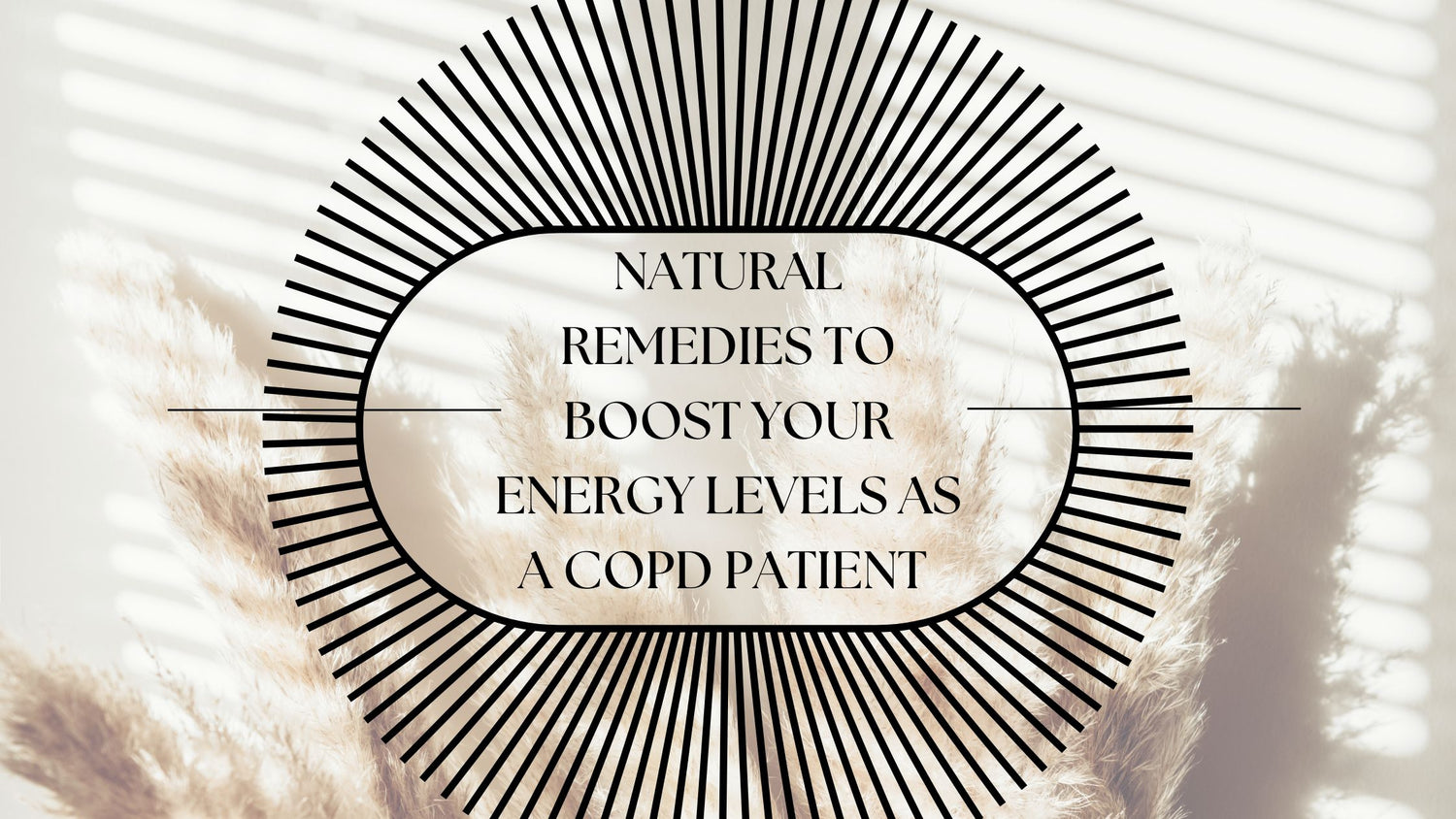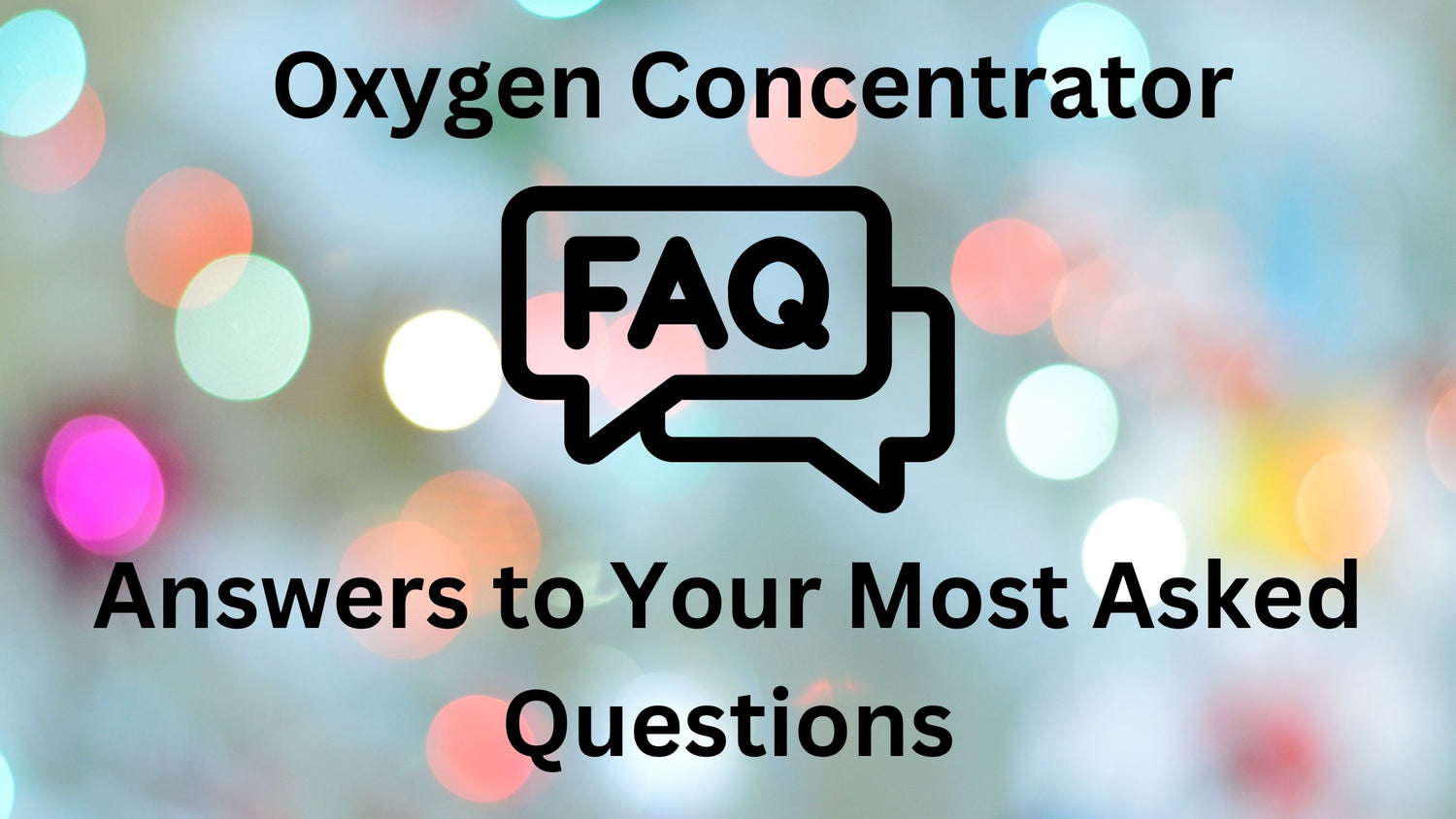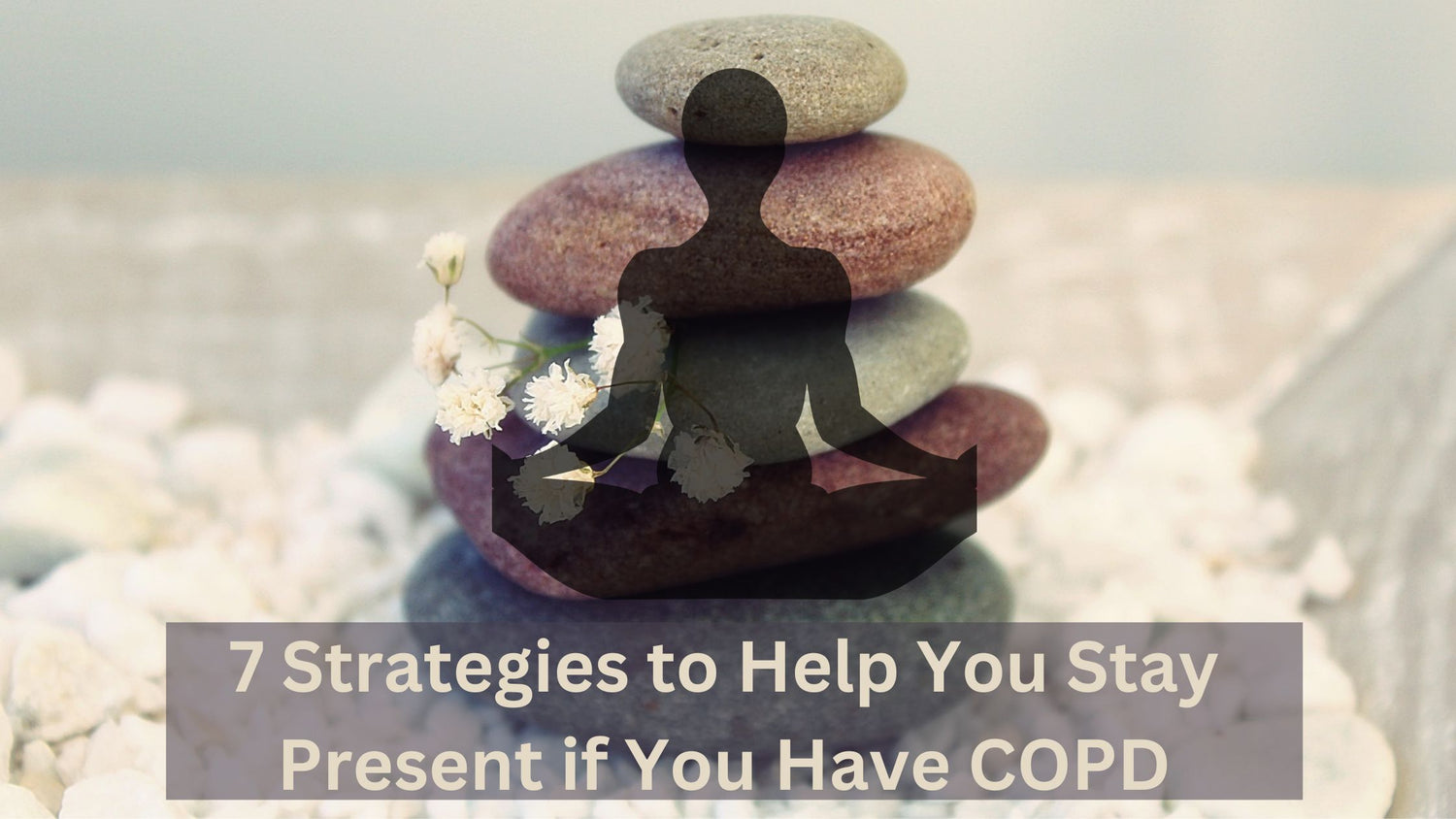Respiratory Resource Center - LPT Medical
Natural Remedies To Boost Your Energy Levels as a COPD Patient
There’s nothing worse than waking up in the...
Read MoreOxygen Concentrator FAQs: Answers to Your Most Asked Questions
In this day and age, it’s harder than...
Read More7 Strategies to Help You Stay Present if You Have COPD
Mental illness represents a massive health burden in...
Read More


